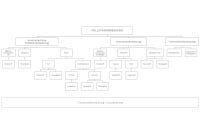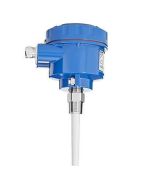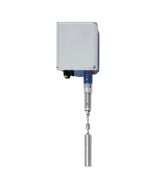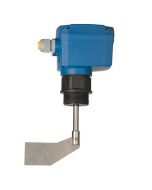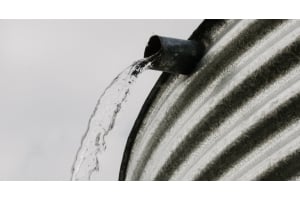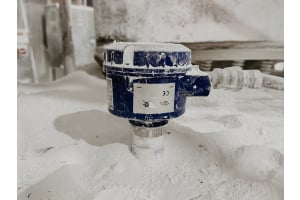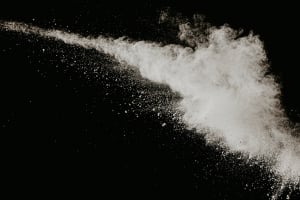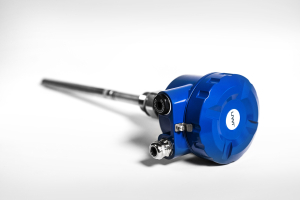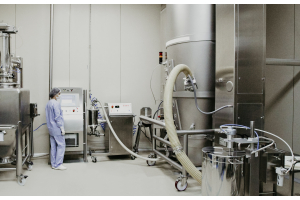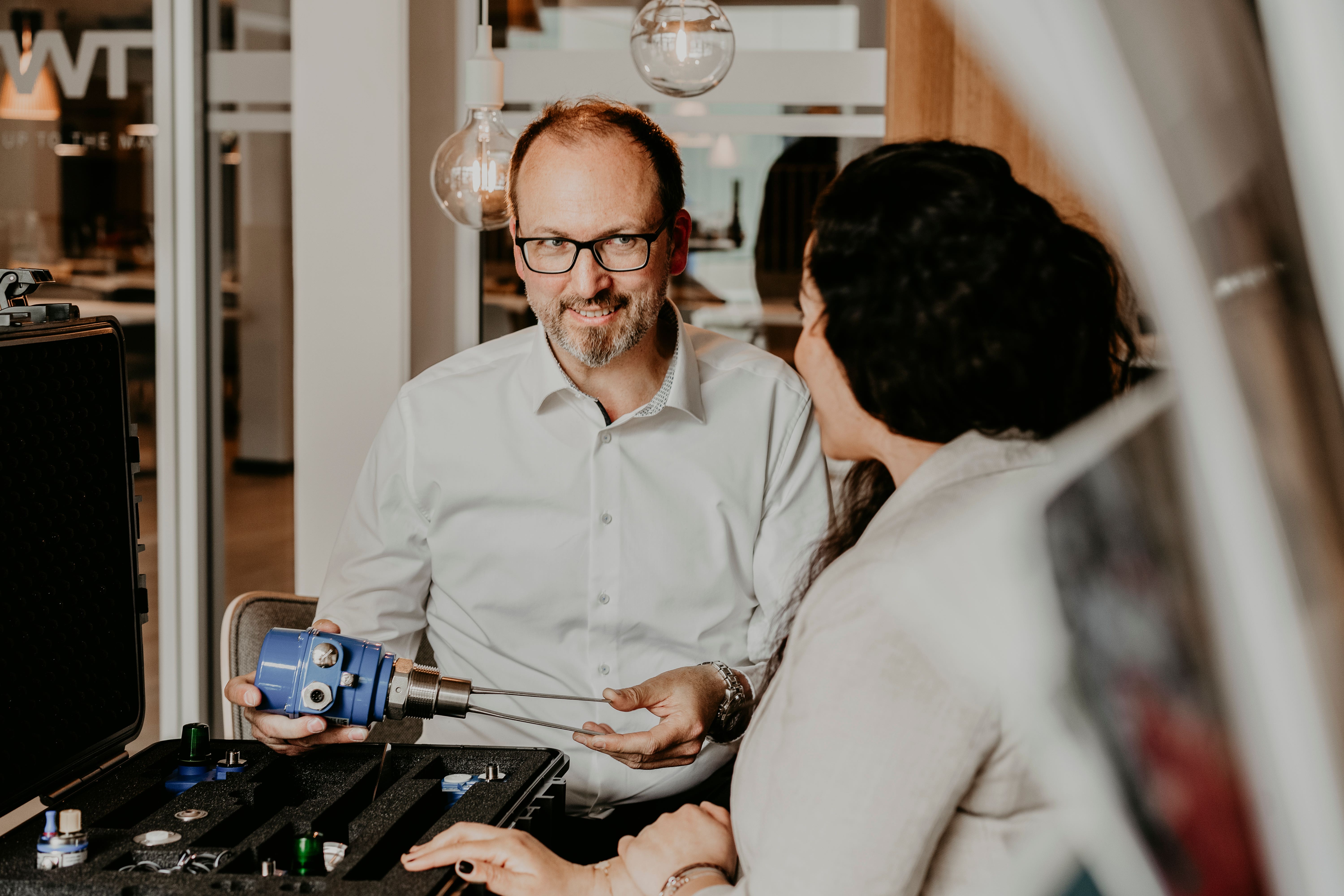
Level Measurement Overview
LEVEL. UP TO THE MAX.
Level measurement is a process or technology used to monitor and measure the level of a container, tank or other type of storage or containment unit. It is used to ensure that the contents of the container remain within a certain range to avoid overfilling or underfilling. Level monitoring can be used in various process applications and industries such as animal feed, plastics processing, food manufacturing, recycling and environmental processes, waste water, rubber granules, wood, metal, building materials, glass, pharmaceutical, chemical and petrochemical sectors.
and are two different approaches to measuring the level in a tank or system. There is also the . This is a technique for measuring the interface of two liquids or a liquid and foam or sediment in liquids in a container or tank. This allows the transition point between them to be precisely recognised and monitored.
The recorded data is then usually transmitted to a control system or to display devices that provides the user with information about the current fill level and, if necessary, trigger alarms when the fill level reaches critical values. This enables efficient management of liquids, powders, granulates or other materials in various applications. UWT also offers various systems for . These bring the information on current fill levels to where the material planner, system operator or supplier needs it. In the production hall, in the office on the PC, on the move on the mobile phone or at external locations. The requirements range from simple digital displays to web server visualisations that network systems at different company locations.
Measuring method for level measurement
There are various methods and measuring principles that can be used for continuous level, point level and interface measurement and visualisation, depending on the requirements and properties of the medium and the tank.
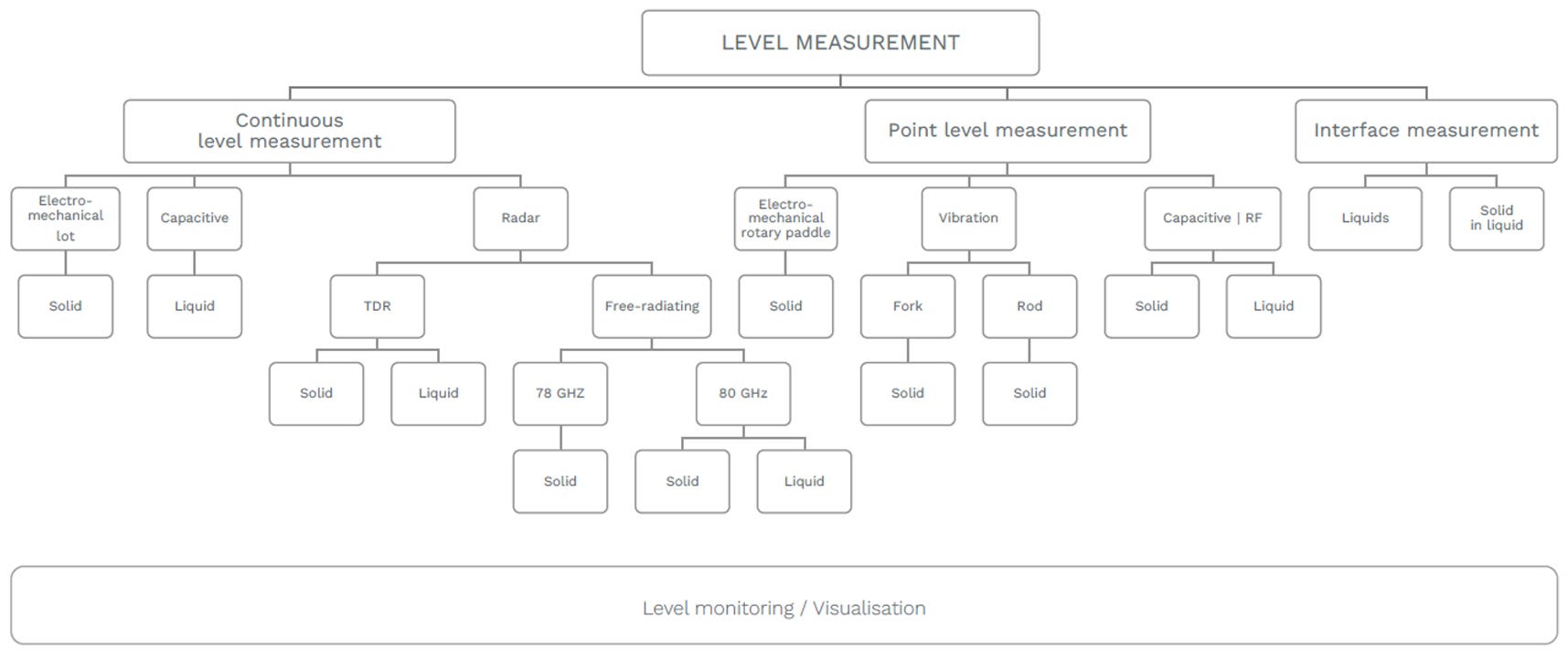

Continuous level measurement
Continuous level measurement is crucial to ensure precise and reliable monitoring of liquids, powders, granulates or other materials. It is used in numerous industries and applications to improve the efficiency, safety and quality of processes. It is used to monitor the exact level of a medium over a specific range. This enables real-time level monitoring and control in various applications. There are different types of sensors and measurement methods for continuous level measurement. These include radar, capacitive sensors, electromechanical lot systems, ultrasonic, pressure sensors, laser distance measurement and many others. Each method has its own advantages and disadvantages and is optimised for specific applications. Continuous level measurement technology normally covers the entire range from empty to full, providing detailed information about the level inside the container.
Point level measurement
Point level measurement, also known as point level monitoring or point level detection, is a method of measuring and monitoring the level in a container, tank or system to ensure that the level reaches or leaves a predefined limit. Essentially, level detection focuses on determining whether the level has reached a certain point at which a critical threshold is exceeded. Typically, special sensors or switches are installed in the tank or container. These can be mechanical or electronic and react to contact with the medium or level fluctuations. When the limit level is reached, the limit level measurement usually triggers alarms or activates controls. This can enable safety measures or process automation.
Interface measurement
Interface measurement is a specialised form of level measurement that focuses on the accurate detection of the interface between two different liquids or materials in a tank, container or storage unit. The sensors used can work in a variety of ways, including capacitive sensors, ultrasonic sensors, optical sensors or electrical conductivity sensors. Interface measurement is of great importance in industrial and process applications to ensure the quality, separation and control of different media. It makes it possible to ensure efficient processes and product quality.
Level monitoring & visualisation
Level visualisation is often used in combination with level measurement technology to provide a comprehensive solution for monitoring and controlling levels in containers and tanks. It is important to consider how the detected level information should be recorded and transmitted. This can range from a simple on-site display to integration into a higher-level control or data acquisition system. Level measurement and visualisation are key aspects for efficient, safe and high-quality storage and processing of liquids or materials in various applications. They help to improve processes and prevent problems such as overfilling or undersupply. Visualisation can be done in various ways, including digital displays, graphs, bar charts, computer screens or colour changes in the container. The aim is to visualise the fill level clearly and easily.


Important considerations when selecting
suitable level measurement:
When using level measurement, there are several important considerations to take into account to ensure that the chosen method and technology meets the requirements of the specific application. Here are some of the key aspects:
- Type of medium: It is crucial to consider the medium to be measured, as this influences the choice of sensors and materials. Different liquids or materials can have different properties, which must be taken into account when selecting the level measurement technology.
- Measuring range: The desired measuring range, i.e. the range between the minimum and maximum fill level, must be carefully defined. This influences the selection of sensors and the configuration of the measuring system.
- Accuracy: The accuracy requirements for level measurement vary depending on the application. In some cases, high accuracy is required, while in other applications an approximate measurement is sufficient.
- Process conditions: The environmental conditions in which the level measurement is carried out play an important role. This includes temperature, pressure, humidity and exposure to chemicals or other aggressive substances.
- Type of container: The type of container or tank in which the measurement is carried out influences the choice of sensors and the installation. For example, a cylindrical tank requires a different configuration than a rectangular one.
- Security and compliance requirements: Strict safety and compliance regulations apply in some industries, such as the chemical, petrochemical or food industry. Make sure that the level measurement technology you choose fulfils these requirements.
- Maintenance and calibration: Consider the maintenance and calibration requirements of the level measurement system to ensure reliable performance.
- Costs: The cost of installing and operating the level measurement system is an important factor when choosing the right solution.
By carefully considering these factors, you can ensure that the level measurement technology fulfils the requirements of your specific application and delivers reliable results. An application questionnaire can be used to develop specific solutions for different processes.




Sensors for continuous level measurement, point level measurement and interface measurement of bulk solids
Sensors for continuous level measurement, point level measurement and interface measurement of liquids




